When you produce a book, you hope for good reviews. Bad reviews, though, are a close second-best. They hold the promise of a dramatic event, where sparks fly outward to kindle more interesting conversations. It was in this spirit of looking forward to second-best that I read RECORD's recent review of Inscriptions: Architecture Before Speech, a book I recently co-edited with K. Michael Hays. Instead of catalyzing an event, I was disappointed to find it merely repeats exactly those tropes Inscriptions was produced to overcome. Perhaps some public airing could recover a sense of liveness, maybe even combustion.
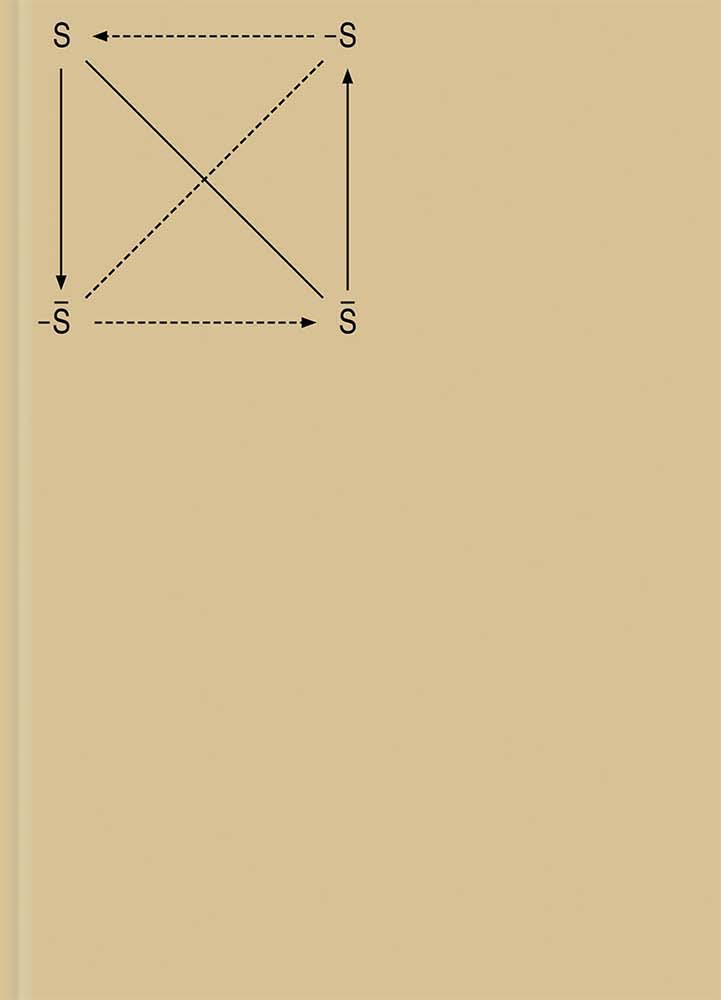
Inscriptions: Architecture Before Speech, edited by K. Michael Hays and Andrew Holder. Harvard University Press, 624 pages, $60.
Inscriptions is a big book of ten essays and 750 images by 112 architecture practices, but despite its size, the premise is straightforward. We detected commonalities in work made mostly in the last 15 years by mostly young-ish, mostly American practices, all of them with one foot in the academy and one foot in practice. Each of our contributing essayists has a different gloss, but for me the common denominator among the projects is a paradoxical quality of being both familiar and strange. They are familiar insofar as you’ve seen something like them before, but strange in the way familiarity is used to undercut convention instead of reinforcing it. The tectonic logic of a club sandwich, for example, is used as a model for an office tower proposal (MALL’s Office Stack). A letter-like glyph marked into the landscape is student housing (Independent Architecture’s Catamount Dormitory). A rock and ruined shack are components of a plush-ly domestic new house (PARA Project's Pioneertown House). Like these projects, the book review also trades in familiarity, but to very different ends. To think through the distinction, it is useful to step back and survey the logic of contemporary discourse.
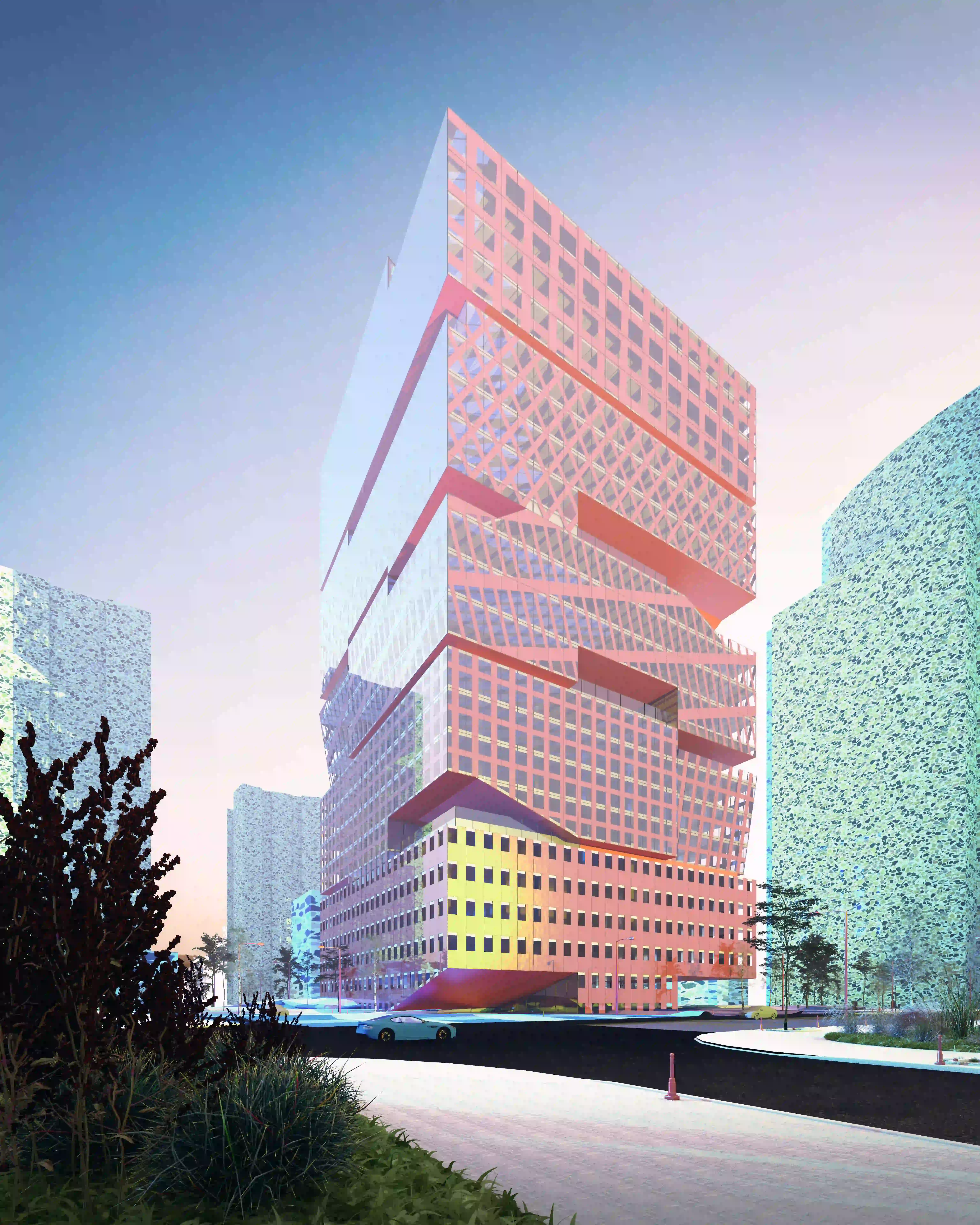
Office Stack by MALL. Image courtesy the firm
Polarization is so absolutely characteristic of public speech that we forget it’s not inevitable. Rather, we work to make it this way. Symbols play a key role. Instead of the initial familiarity followed by a dawning strangeness that we noticed in contemporary architecture, symbols use familiarity to reproduce and sharpen already-present segmentations of their audience. So it goes that life, republic, flag, and gun cause about half of us to take one step to the right, while choice, democracy, rainbow, and weed cause a leftward lurch in the other half. None of these terms are used for their meanings. Rather, they’re all just stand-ins for the real operation at play, which is sorting and grouping by partisan whim. This is the way symbols work in RECORD’s review. The text, in sum, says that Inscriptions overlooks social, economic, and environmental concerns championed by diverse practitioners, while focusing on the forms produced by a small coterie of theory-minded academics. Form, theory, academy, and autonomy in this telling are registered as “bad,” insofar as they’re all symbols that stand in for a right-leaning group of architects doggedly clinging to antique values. Environment, politics, practice, and labor connote “good,” and prompt the audience to credit itself as a community of progressive, left-leaning contemporaries.
Nothing much comes of this partitioning aside from belonging to one side or the other, feeling correct and correctly sorted, thanks to the mystifications of symbology. Lost in the gap is the subject matter of inscription itself. Fortunately breaking the spell is simple enough. We simply have to move each term from the realm of the received symbols to that of live, unsettled discourse where we can think afresh. Let’s take two of the bad ones: form and the academy.
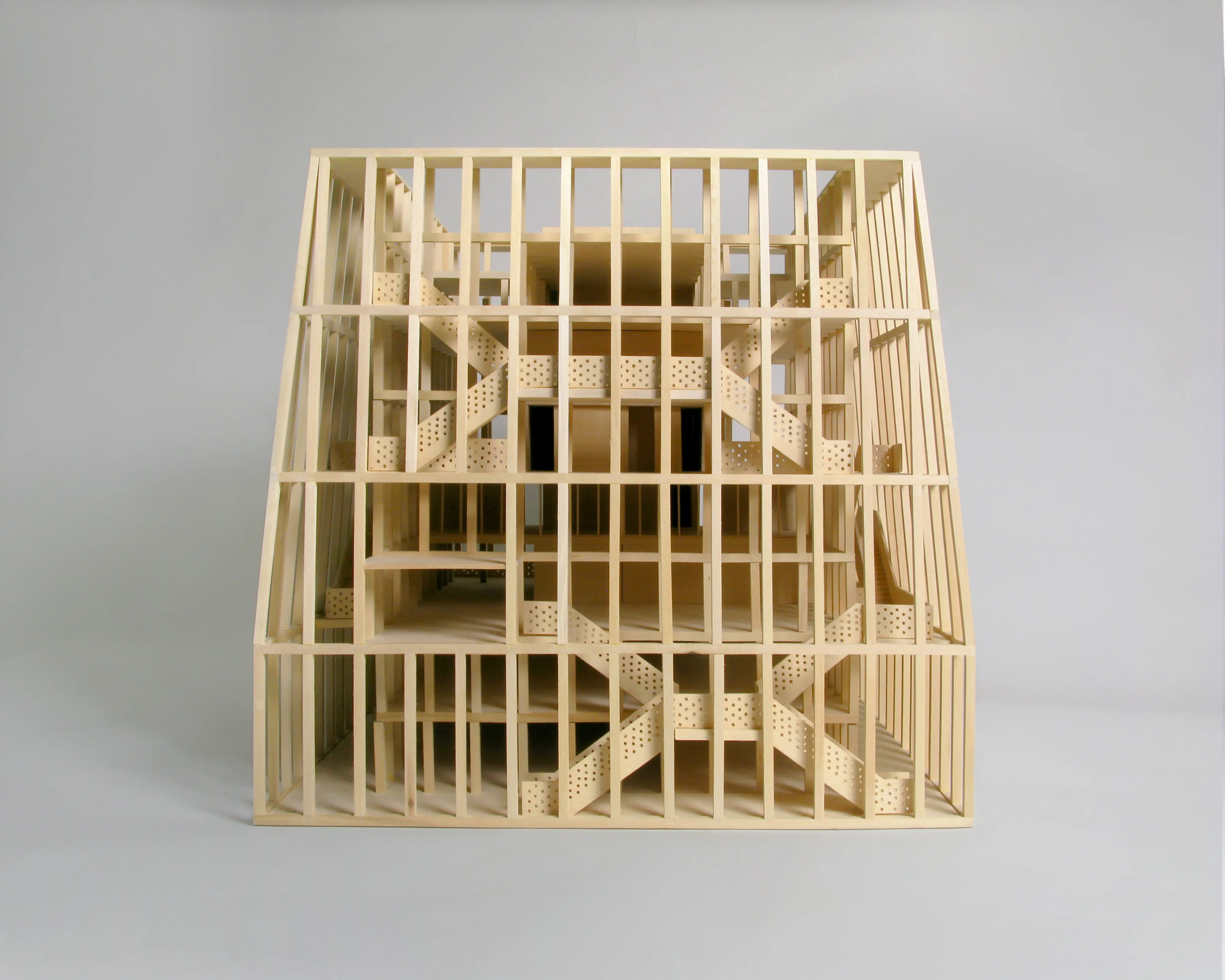
Model of Lali Gurans by MOS. Image courtesy the firm
The word form has recently become something like an epithet for social irresponsibility. In contemporary usage (and in the parlance of RECORD's review) it is meant to describe an incorrect way of paying attention. As the world burns in the throes of environmental and social catastrophe, the story goes, those architects unable to keep their eyes on the appropriate crises of the day retreat to a formalist obsession, fiddling with their objects and techniques. Although I don’t share the negative stigma attached to the word, I am interested in the shifting status of form, and that’s in part the point of Inscriptions. The book includes many projects aimed at pressing concerns of the world, from orphanages (MOS’s Lali Gurans), to cultural centers (PRODUCTORA's Teopanzolco Cultural Center) and playgrounds for underserved communities (The Open Workshop’s Scaffoldia). All of these are explicitly focused on topical social problems. All are aimed at different audiences. And all are formed as some version of a pyramid. We should find this curious, if not downright arresting: a single archetype is suddenly aimed at expanding social effects in radically different spheres.
Inscriptions can help us understand how this might be possible. In these architects’ hands, the pyramid is an abstract blank literally over-written with their design activities in a way that modulates both figural expression and social effect. This play between the mute-ish signification of the blank and the highly designed marking of its surface is the source of each work’s audience-engaging power. PRODUCTORA inscribes their pyramid with horizontal striations that bleed into the increment of a shallow stair, making an inclined public plaza facing an ancient temple, and on the opposite face of the building, a pyramid in elevation. It echoes the temple without competing and clears public space while retaining a strong figural presence. MOS’ truncated pyramid is latticed in structure that suspends stairs and terraces around a core of insulated rooms—providing an environmental buffer and continuous contact with programs that are usually sequestered away. Open Workshop’s pyramid of stock 2x2’s makes building a pyramid DIY-easy, hardware store source-able, and continuously open for play across its surface and cross-section. In each case, the base materiality of inscription overruns the big, blank forms, allowing them to be seen again in other terms, more sensitively tuned to their social and cultural sites.
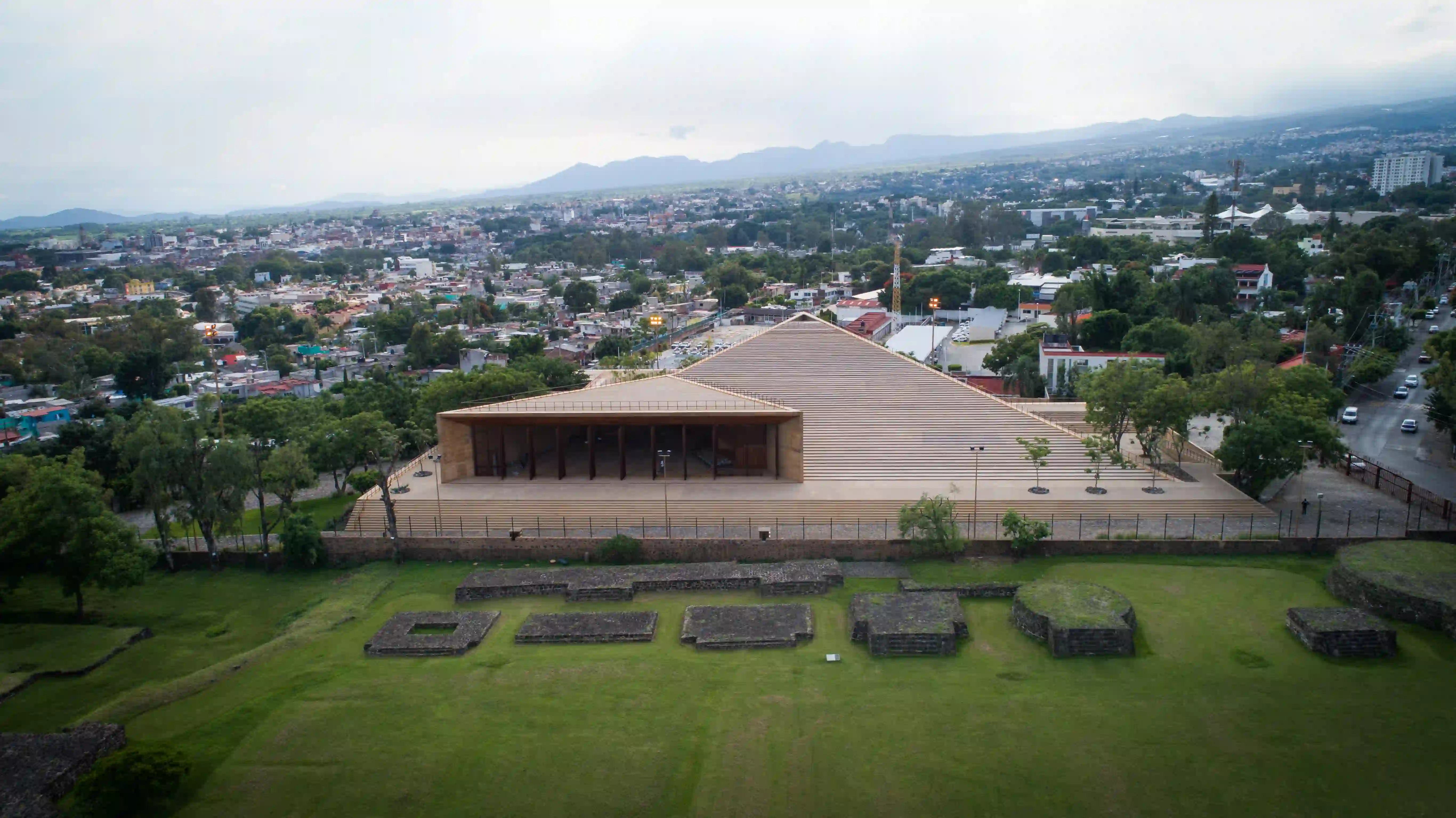
Teopanzolco Cultural Center by PRODUCTURA. Image courtesy the firm
In the symbology of the review, if form is the worst indictment of architecture’s attention, then the academy is the demoded place to examine its products—both because it is exclusive and because it is less real or authentic than practice (which is assumed to be the academy’s opposite). I wish to both contest and embrace this. In terms of exclusion, Harvard is a big place with many hundreds of practitioners, students, and alums passing through each year. A tiny fraction of these were included in the book, and many came from outside the school. That said, schools can become centers of intensity for certain strains of thought in the field. It is useful, therefore, to give ideas a fictional geography by attaching them to names of academic institutions. It is particularly useful to imagine Harvard as a player in the presumed opposition between the academy and practice, because our school has long identified itself on the side of practice. The more interesting question, then, is why a self-consciously pre-professional, conservative school is useful as an avatar for surveying architecture now. I would venture the reason fits neatly with the two-part structure of inscriptions. First, Harvard’s department of architecture has a long history of emphasizing abstract forms as the basis of design. This often goes by the name of “type,” but no matter the word, blank but figural forms precede individual instances of buildings, such that repetition over time secures architecture’s value to society. Second, contemporary techniques—from software, to drawing, to structures, energy simulation, and detailing—are understood as being addressed to those persistent forms. Like the projects of PRODUCTORA, MOS, and Open Workshop, design activity at Harvard frequently overwrites a preexisting blank to offer it afresh.
So what has been the experience of this shift toward an “inscriptive” mode of contemporary design? We all felt it: that kind of lurch in the late aughts. One moment we were absorbed in the digital, then suddenly we were asked to consider, as buildings, things that looked more like piles of rocks. Our eyes still tuned to the dazzling titanium sheens of what came before, the new work was disquietingly literal. My own shock came in 2016, looking at a stack of plywood boxes. First Office, calling it “PS1 Dolmen,” submitted it to the MoMA outpost’s Young Architects competition, and I could only respond with an unsettled, “what the what?"
Frankly, though, I was a bit late to this reaction. Circa 2015, a giant wood plank atop sticks was, well, a roof (Ultramoderne’s Chicago Horizon pavilion). And in 2008, “found” precast concrete beams precariously stacked was already—really?—a house (Ensamble Studio’s Hemeroscopium House). In this new reigning mood of manual assembly, even older projects like Preston Scott Cohen’s drawings for 1992’s Cornered House could be seen anew, not as ethereal projections, but as literal marks and scratches resolved into something like a house. Architecture seemed suddenly aligned with the trope of inscriptions from other domains of cultural critique, from media theorist Friedrich Kittler’s fascination with the gramophone’s conversion of incised grooves into sound, all the way through gender, race, subjection, and power as marks and traces on the human subject.
The commonality, or theory underlying these changes is harder to articulate because of our current habit of subordinating the reception and readership of architecture from the material conditions of its production. In this moment, a diverse, centerless, perhaps un-theorizable field is a sign of a healthy discipline. After all, if we have successfully dislodged bias and opened our professional ranks to new kinds of practitioners, wouldn’t we expect that diversity to be reflected back in a kind of rainbow of buildings? Architecture as individuated and unique as we wish ourselves to be? Our desire for this analogy, though, ignores how inscriptions already re-links the way we imagine the production of architecture with its reception. Direct and manual, it gives audiences a direct means of rationalizing a building’s presence, along with a way to think otherwise—to imagine or even demand different kinds of production. Sometimes this works directly in the register of construction. Stock-a-Studio, for example, makes DIY gyms and furniture from hardware store parts, begging at-home construction outside the purview of the architect. Michelle Chang of JaJa Co orchestrates construction trades as performances in projects like Scoring, Building. At other times this relationship between production and reception works through higher levels of abstraction. Studio Sean Canty’s Janus House plays between familiar suburban house types to sneak in higher densities and non-normative definitions of the family. Either way, audiences can now think alongside architects, making the new work profoundly inclusive.
Most importantly, this posture of the architecture vis a vis its audience does not lean on the symbolic logic of familiarity to reinscribe already-formed groups. Unlike the book review, it is not a calculation of audience reaction, but a more earnest, messy grappling with building forms that are familiar enough to be engaging but are still open to new configurations. Interpretation becomes material practice. Partisanship is displaced by an invitation to pluralism: doing it together, differently. How then should we respond to those who laze in the conveniences of partisan symbology? Pile it on.




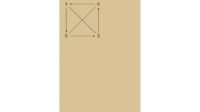
Post a comment to this article
Report Abusive Comment